We recorded a 16% increase in sales compared to the same period in 2019
Booking Engine 23/04/2021A lot has been said about how direct sales have benefited from the pandemic. We have always emphasized that, while it is true that various factors may have favored this situation, the virus itself has certainly not done it alone.
The hotels that have experienced this phenomenon should not diminish their merit because it is intimately linked to the fact that they never gave up, continued to care for their strategy, control their parity, adjust their rates, adapt their prices, improve the customer experience, and add value. In short, they have been doing revenue.
For the first time in a long time, we ventured to compare current data with pre-pandemic era data. And what's even better, we came out victorious. Although this year did not start well either, over the last two months, we have seen a significant increase in the number of bookings, resulting in a promising 16% increase in sales compared to the same period in 2019. But that's not the only positive value. Below, we break down the keys to this small "victory," aware that it is just one stage in this endurance race.
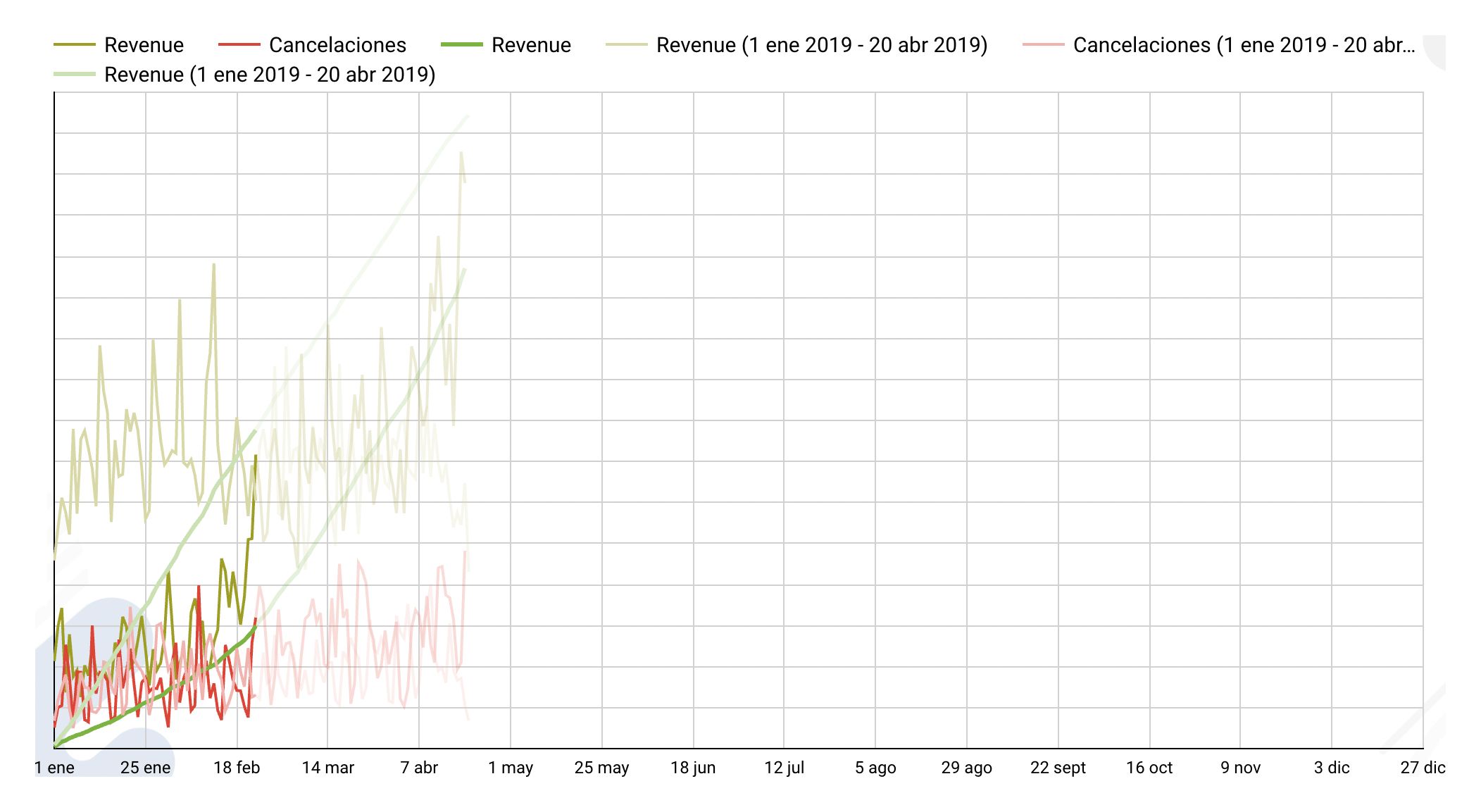
Comparison 2019 vs. 2021, from January 1 to February 23
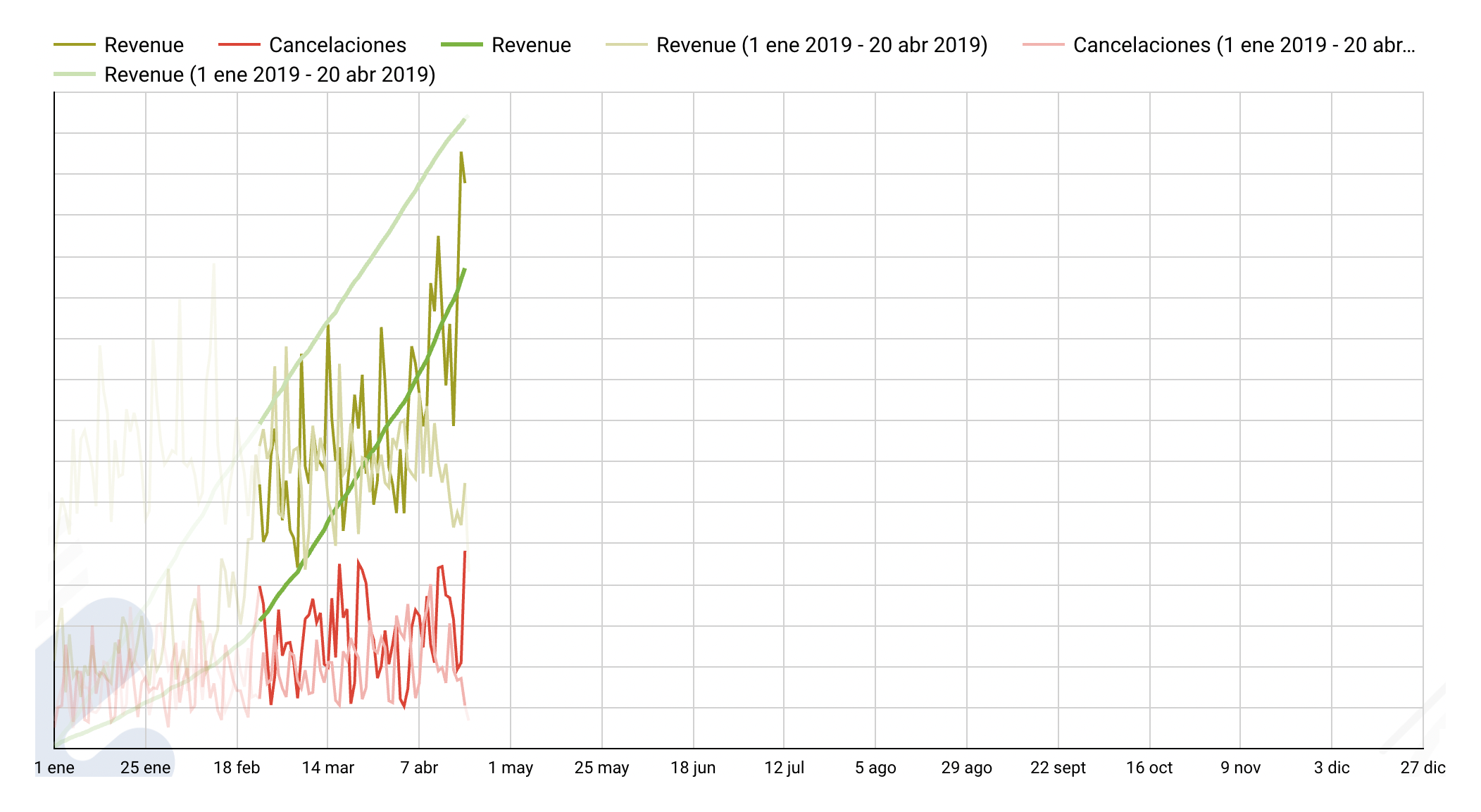
Comparison 2019 vs. 2021, from February 23 to April 23
Interpretation of the graphs:
As we can see in these two graphs, which show a comparison of revenue and cancellations from 2019 vs. 2021, in the periods from January 1 to February 23, and from February 23 to the present, respectively, the first two months of the year, sales remained well below pre-pandemic usual figures, while cancellations far exceeded those of 2019.
However, from late February, there is a very significant rebound, with values above those of 2019 and a growth curve that threatens to reach those figures very soon. It is worth recalling that 2019 was, at that time, our best sales year to date.
Conversion rate: 1% increase
Hotels have invested many resources in positioning themselves as the safe channel: communication focused on their adaptation and prevention measures, a product suitable for exceptional circumstances, features designed to minimize the fear of forced cancellation, and an empathetic attitude towards guests' discomfort due to uncertainty. These may be some of the keys that have led the direct channel to emerge as the true trust channel. As a result, there has been a very positive impact on the conversion rate, with an increase of 1%.
Number of bookings: no significant differences
It may be surprising that the number of bookings, despite the increase in revenue, is practically identical. But it makes sense when we consider that in 2019, bookings were for much more varied stay periods, while this year they all concentrate on the summer season, when prices are higher.
Average Price: 12€ increase
This data complements and clarifies the previous point. The same number of bookings but at an average price €12 higher. Since people cannot travel during the analyzed dates (obviously, in 2019 they could), everything sold in this period points to the summer, justifying the increase in the average price per booking.
Room nights: 8,000 room nights increase
In low seasons, travelers opt for shorter getaways, weekends, specific holidays, etc. This type of travel has virtually not existed during 2021. Travelers have gone all-in for their summer vacations, during which stays are usually longer, for 5 days, a week, etc. Hence, despite the equality in the number of bookings, room nights are 8,000 more than in the same period of 2019.
Cancellations: on the rise
Cancellations continue to be a trend. The encouraging part is that, despite registering around 4,000,000 more cancellations than in the same period of 2019, sales have not been affected. The desire to travel is in constant struggle with insecurity and uncertainty. It is not a surprising fact, but we must keep an eye on its evolution.
Revenue: 16% increase
We started the article by mentioning precisely that 16% increase in sales, which, however, is distributed unevenly between the domestic market and the set of emitting countries. Thus, while domestic tourism accounts for 72% of total sales, international tourism takes the remaining 28%.











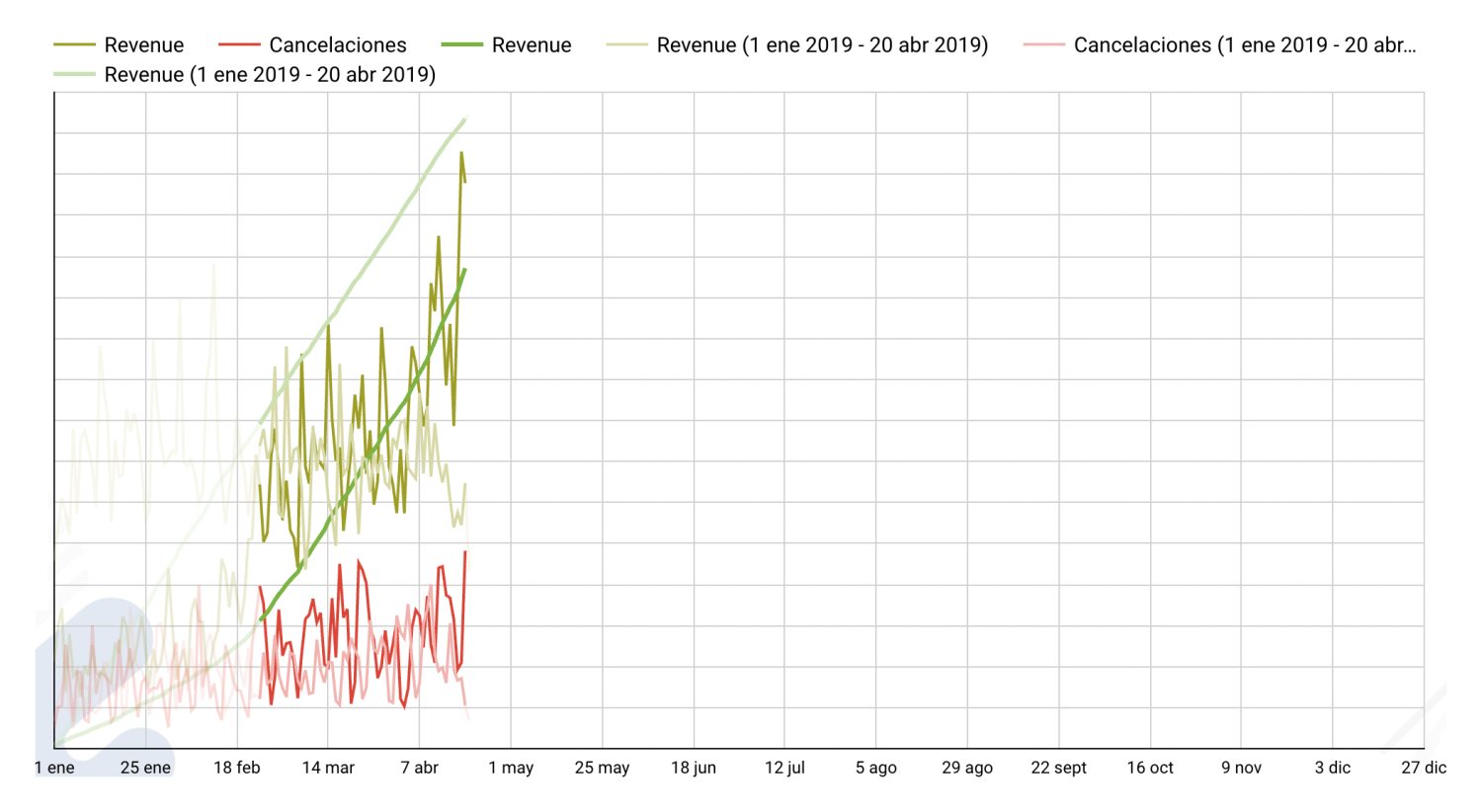




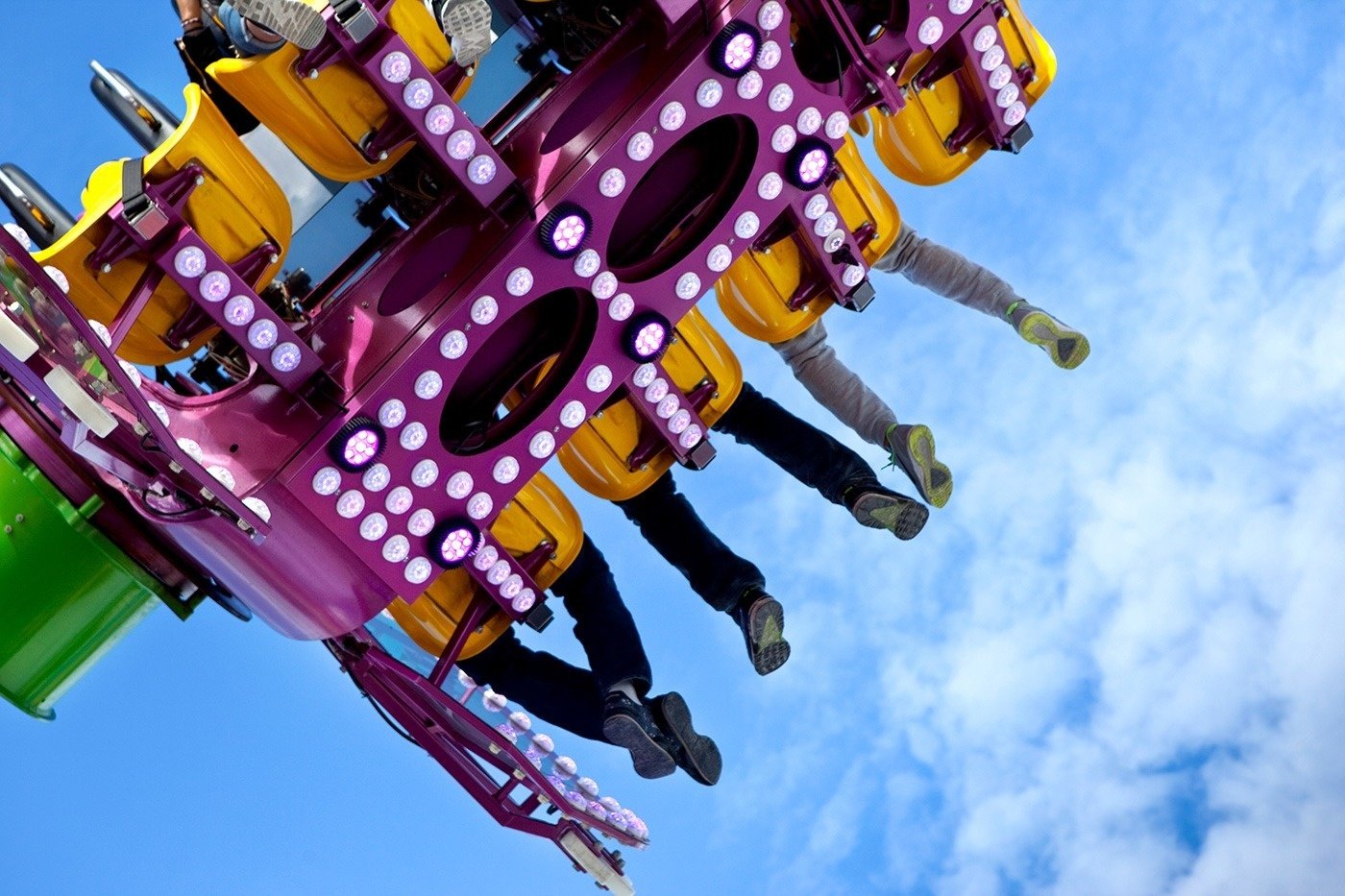
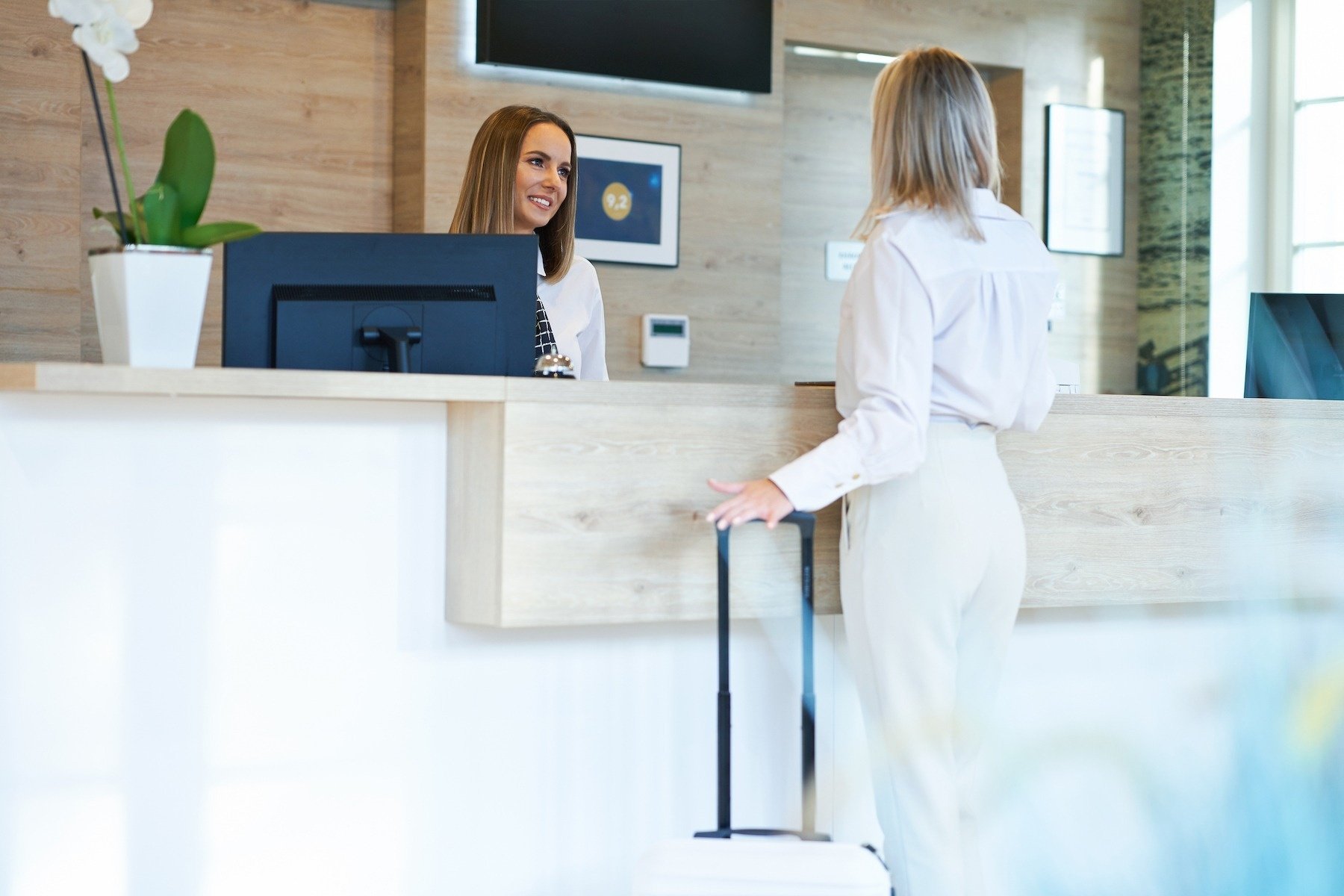
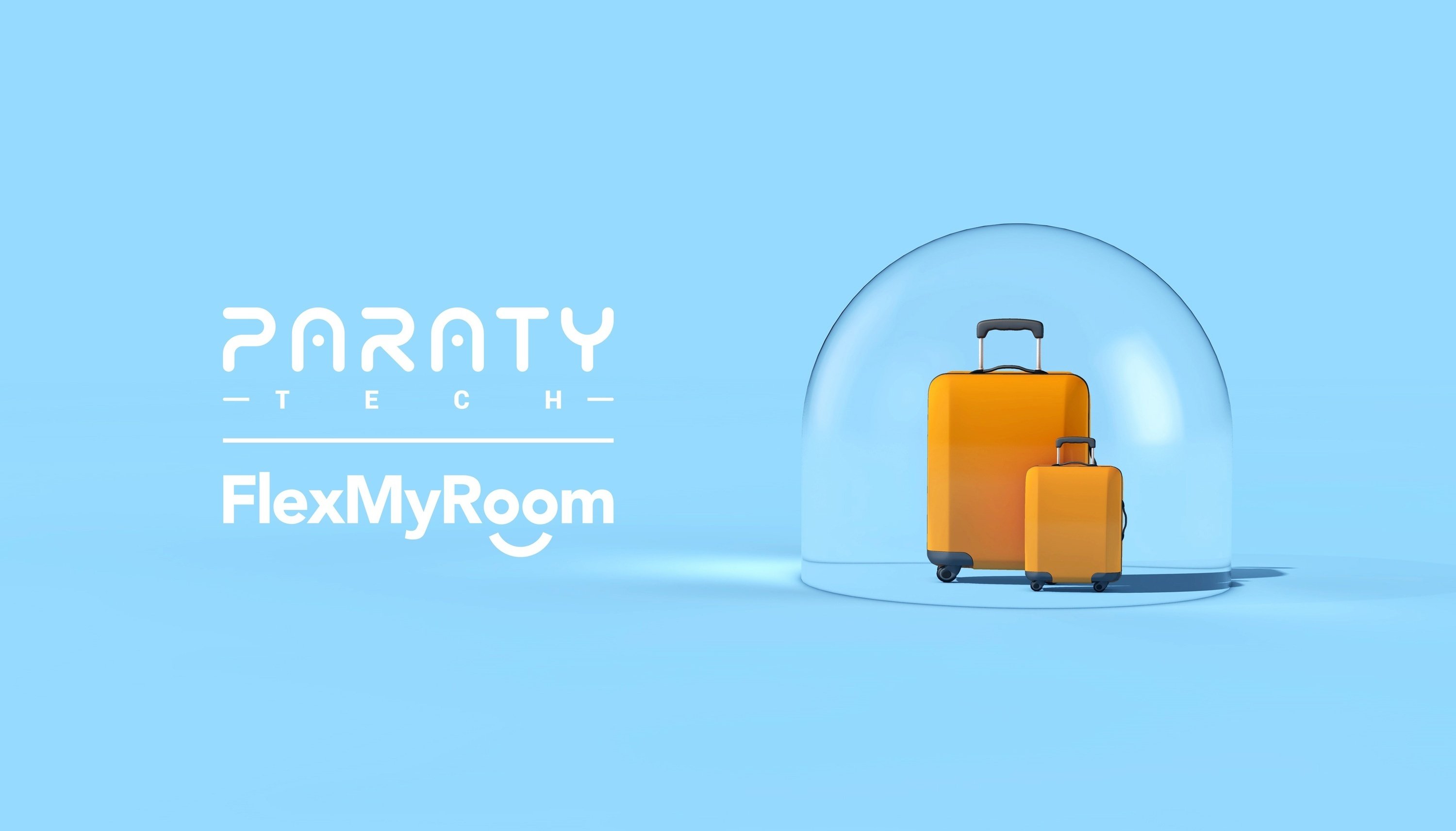







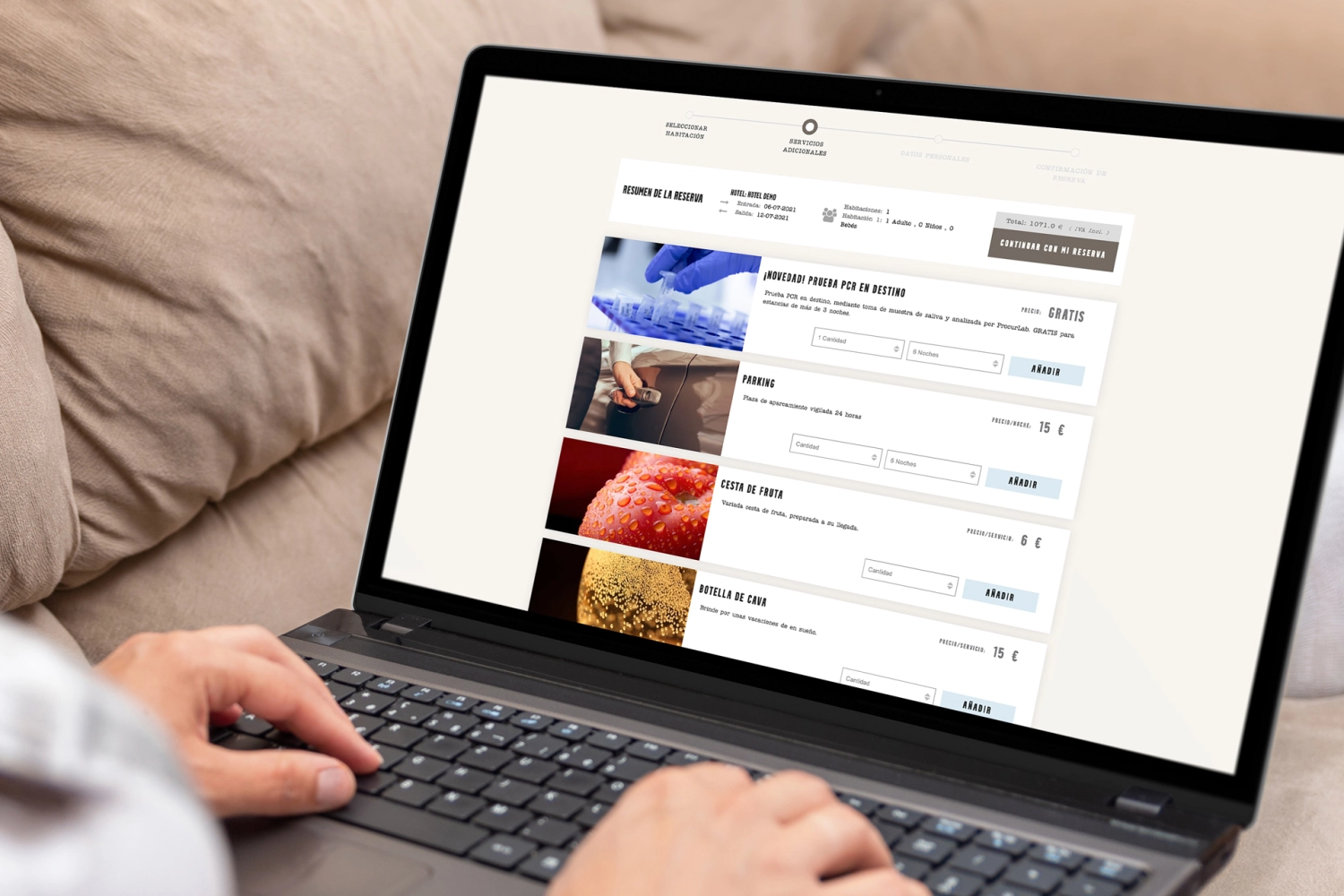
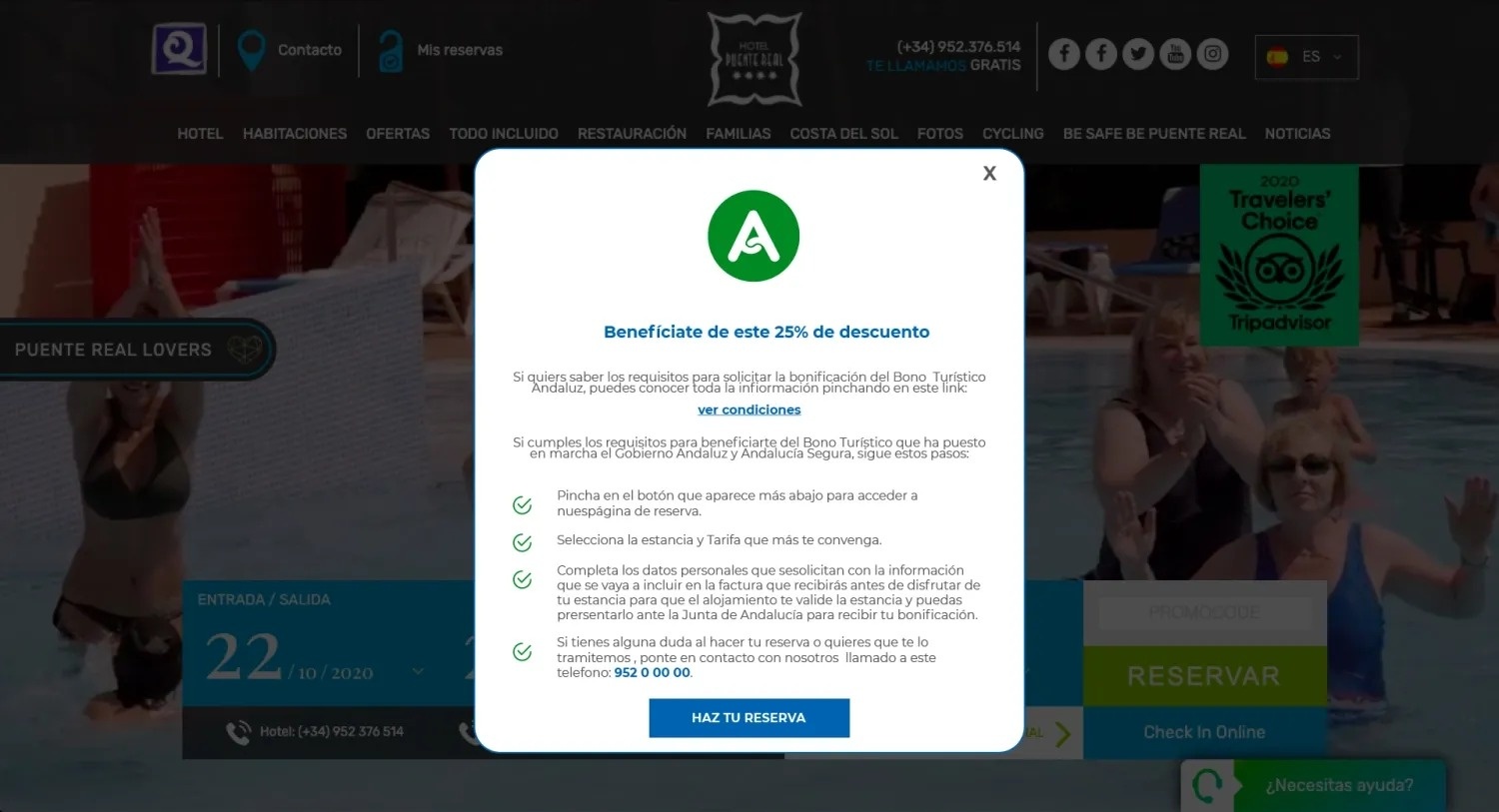


![The booking journey 2: conversations between channels and engines [Infographic]](https://cdn2.paraty.es/paratytech/images/621744fe9a9b73f)

![[INFOGRAPHIC] 20 essential requirements for a booking engine for chains](https://cdn2.paraty.es/paratytech/images/3b55492d5823553)
